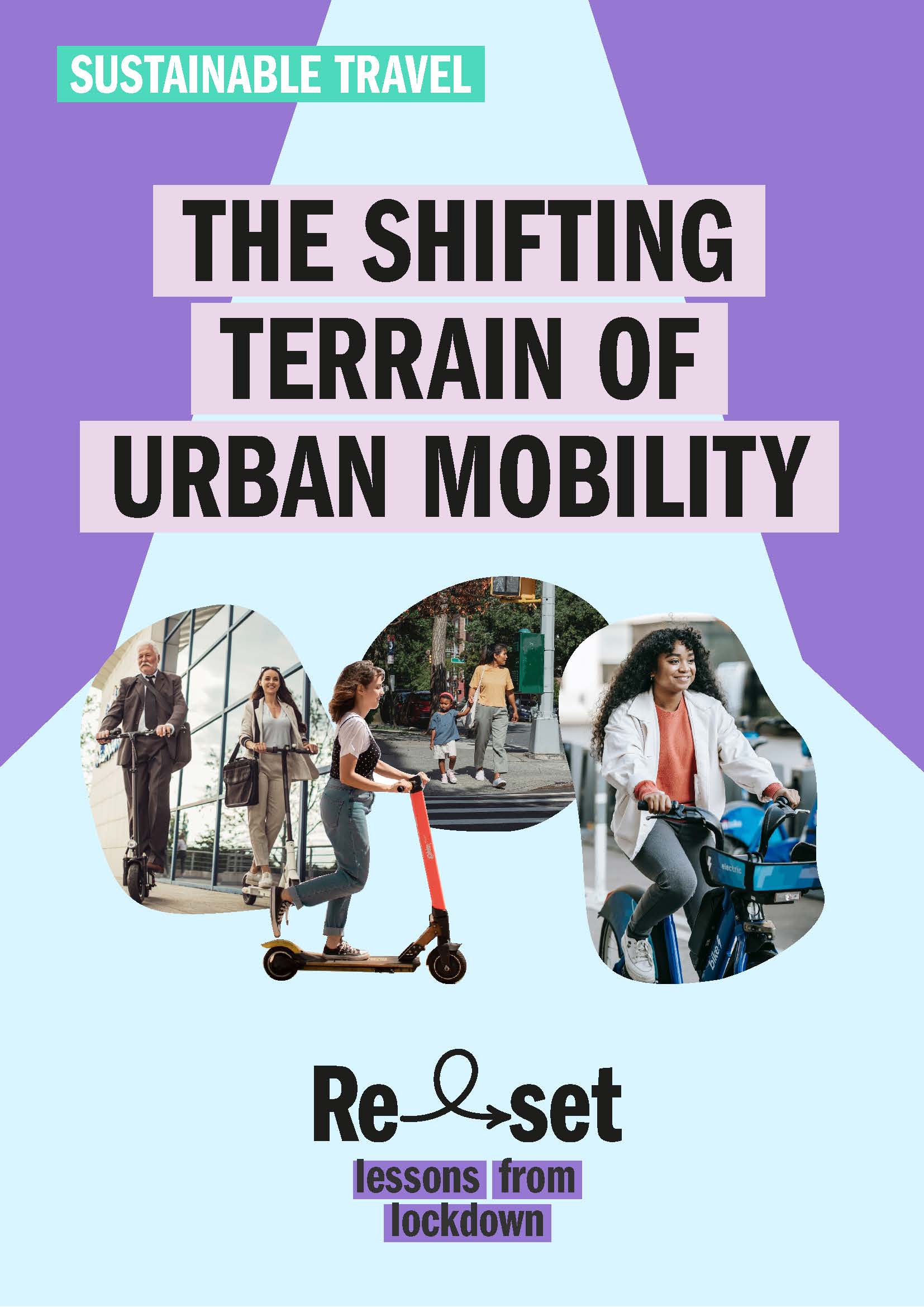There was a switch between different forms of low-carbon mobility, for example, from public transport to walking and cycling, but the pandemic coincided too with the arrival of electric micro-mobility – the new scooter and bike kids on the block. Now, evidence is beginning to percolate through that these new arrivals – apart from being flexible and clean ways of getting around – are also boosting local businesses and cultural attractions, as well as increasing access to jobs and opportunities.
The pandemic forced people away from public transport and disrupted their daily commutes. This opened many people up to new experiences and some were willing to try newer mobility options, like e-scooters.
– Stewart Montgomery, owner of The scooter.shop
Both in spite of the pandemic, and because of it, electric micro-mobility is set to play an important role in the modal mix for ways of getting around urban centres as cities try to balance decarbonisation, air pollution and opportunity.

This story is part of the Reset series – a collection of short downloadable stories that look in more detail at over consumption and unnecessary travel. They consider some of the key messages and solutions that have become apparent during the pandemic that could help us make the rapid transition to a more sustainable future.
This guide has been made possible by the support of ClimateWorks Foundation.
 From travel restrictions and border closures, to the pedestrianisation of roads and the creation of pop-up cycle lanes, our mobility has been forever changed by Covid-19 and the lockdowns it triggered. The pandemic has fundamentally changed the way we move around cities, and micromobility is set to play a starring role as cities open up once more.
From travel restrictions and border closures, to the pedestrianisation of roads and the creation of pop-up cycle lanes, our mobility has been forever changed by Covid-19 and the lockdowns it triggered. The pandemic has fundamentally changed the way we move around cities, and micromobility is set to play a starring role as cities open up once more.